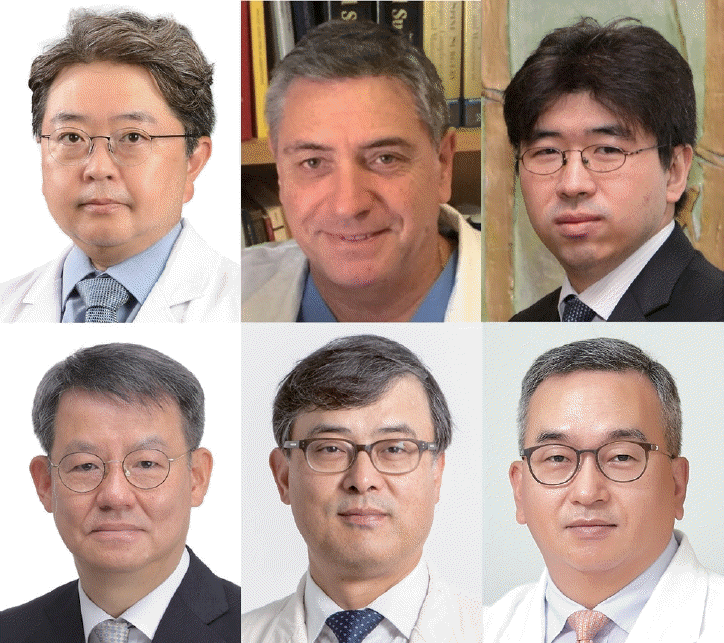The 2022 impact factor (IF) of the Journal of Korean Neurosurgical Society (JKNS) was 1.6, marking a 29% decrease from the previous year’s IF of 2.249, but still comparable to the 2020 IF of 1.729 [1,3]. While the upward trend of the IF has temporarily paused, the figures remain favorable compared to the past years. Predicting and setting a goal of future IF trend is challenging, yet it is clear that the IF continues to be a crucial metric to monitor. In this regard, it is important to investigate which papers are frequently cited, and which fields or topics attract interest, as was done previously [2,4].
The citation data for the articles published in JKNS between January 2021 and November 2022 was retrieved from the Web of Science on December 16, 2023. During this period, 208 articles were published with a total of 419 citations, yielding an average of 2.01 citations per article. Of these, 142 articles, or 68.3%, were cited at least once, whereas remaining 66 articles were never cited.
When comparing the data from the 2021–2022 period to that of the preceding period, there was a significant increase in the average number of citations per article and a decrease in the proportion of uncited articles. However, these metrics have since reverted to levels similar to those before the increase. This fluctuation underlines the challenges in managing citation indices (Table 1).
Highlighted below are six papers with the names of the corresponding authors that have received substantial citations, significantly contributing to the elevation of the JKNS’s status. The chosen papers encompass three clinical studies and three reviews, displaying a nearly equal ratio between original articles and reviews. Congratulations and heartfelt thanks to the authors of the selected papers (Fig. 1).
Oh et al. Learning Curve and Complications Experience of Oblique Lateral Interbody Fusion : A Single-Center 143 Consecutive Cases. 2021: 64(3):447-459 by Dong Wuk Son of Pusan National University College of Medicine.
Dobran et al. Clinical Outcome of Patients Over 90 Years of Age Treated for Chronic Subdural Hematoma. 2022; 65(1):123-129 by Mauro Dobran of Università Politecnica delle Marche.
Phi. Sacrococcygeal Teratoma : A Tumor at the Center of Embryogenesis. 2021; 64(3): 406-413 by Ji Hoon Phi of Seoul National University Children’s Hospital.
Yi et al. Preliminary Experience of Neuroform Atlas Stenting as a Rescue Treatment after Failure of Mechanical Thrombectomy Caused by Residual Intracranial Atherosclerotic Stenosis. 2021; 64(2): 198-206 by Jae Hoon Sung of Catholic University College of Medicine.
Lee et al. Immune Checkpoint Inhibitors for Non-Small-Cell Lung Cancer with Brain Metastasis : The Role of Gamma Knife Radiosurgery. 2021; 64(2): 271-281 by Jung-Il Lee of Samsung Medical Center
Park et al. Surgical Treatment for Trigeminal Neuralgia. 2022; 65(5): 615-621-431 by Bong Jin Park of Kyung Hee University College of Medicine
Among the 20 most cited articles, there were 11 clinical studies and nine reviews, displaying a nearly equal ratio between original articles and reviews (Table 2). This highlights the importance of discovering compelling review topics and recruiting appropriate authors. In order to augment the influence of JKNS as a scholarly publication, it is essential to continue publishing reviews on pertinent subjects.
Upon examining the top 20 most-cited articles, it is notable that six of them belong to the field of spine (Table 2). This is likely inf luenced by the high prevalence of medical professionals specializing in spinal disorders. All three articles in the pediatric field are invited review articles on congenital anomalies, which were published in special issues on pediatric topics. Considering the relatively limited number of researchers in the pediatric neurosurgery, this emphasizes the potential enhancement of citation rates by meticulously choosing appropriate topics. All articles in the cerebrovascular field are related to interventional radiological procedures, providing valuable information for future topic selection for review.
This highlights the importance of careful selection and publication of review papers and original articles for the advancement of JKNS. The content must be on suitable topics that are in alignment with the dynamic and evolving body of knowledge pertaining to the field of neurosurgery.
Notes
Conflicts of interest
No other potential conflict of interest relevant to this article was reported.
References
1. Chung M, Yang HJ, Park CK. Half-centennial history of journal of korean neurosurgical society : Midway from domestic journal to international journal with good influence in global neurosurgery. J Korean Neurosurg Soc. 65:609–614. 2022.

2. Im SB, Chung M, Kim BT. The influential articles and title words in the journal of korean neurological society publications between the years 2016 to 2018. J Korean Neurosurg Soc. 63:1–3. 2020.

Fig. 1.
The corresponding authors of the six influential articles in the Journal of Korean Neurosurgical Society publication between the years 2020 to 2021. From top left to bottom right: Dong Wuk Son, Mauro Dobran, Ji Hoon Phi, Jae Hoon Sung, Jung-Il Lee and Bong Jin Park.

Table 1.
Trends in citations of articles published in JKNS




 PDF
PDF Citation
Citation Print
Print



 XML Download
XML Download